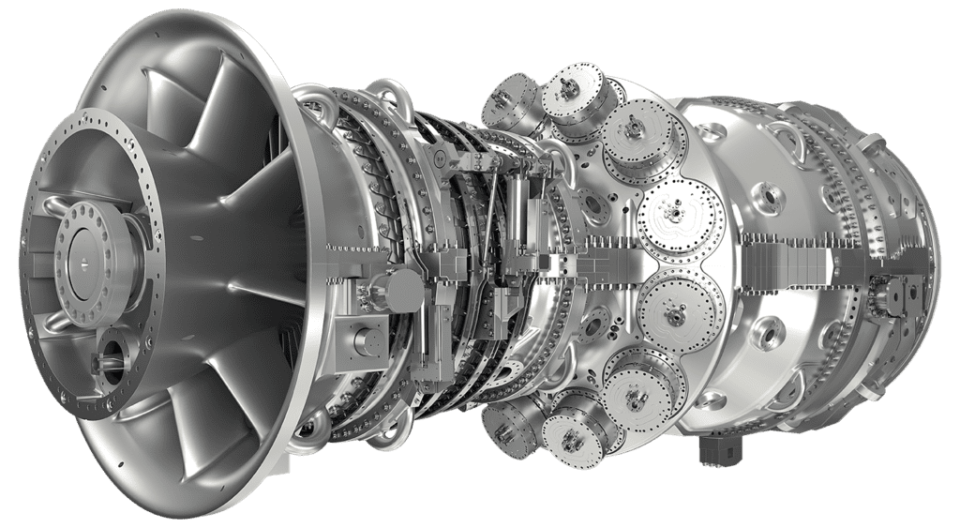The Nanko power plant in Osaka, Japan, will be upgraded with new gas turbines from GE Vernova. The 1,800 MW station, which began operating in late 1990, replaces three boilers and three steam turbines in an effort to increase the facility’s efficiency and reduce carbon dioxide emissions. GE Vernova announced on October 8 the order for three of the company’s 7HA.03 turbines. The Nanko plant is operated by Kansai Electric Power Co. Officials said Tuesday that the upgrade is part of Japan’s strategy to achieve net-zero carbon emissions by 2050. GE Vernova said in a recent white paper “2024 Japan Energy Outlook” that Japan is investing in lower carbon energy generation sources, and considers “Economic Efficiency” as one of the three “S+3E” pillars in the revised national sixth Strategic Energy Plan country. The other pillars are “Safety plus energy security” and “Environmental sustainability”. (caption id=”attachment_224199″ align=”alignnone” width=”640″)


GE Vernova’s 7HA.03 gas turbine. Courtesy: GE Vernova(/caption) Ramesh Singaram, president and CEO of Asia, of GE Vernova’s Gas Power division said: “The plant is expected to deliver a total of up to 1.8 GW of electricity to the grid and will be one of the most efficient in the country are “In addition, the 7HA.03 gas turbine technology currently has the ability to burn up to 50% by volume of hydrogen when blended with natural gas, with a technology trajectory to 100% in the next ten years.” to bring cutting-edge technology to Kansai Electric, with whom we have a long-standing relationship based on years of mutual respect and trust, to revitalize Japan’s energy industry with more efficient and sustainable technology, in line with the country’s energy goals country.” GE Vernova is also expected to provide field services for the project. The company has been active in power generation in Japan for more than 130 years and is responsible for more than half of the country’s heavy gas power capacity. —Darrel Proctor is a senior editor for POWER (@POWERmagazine).







